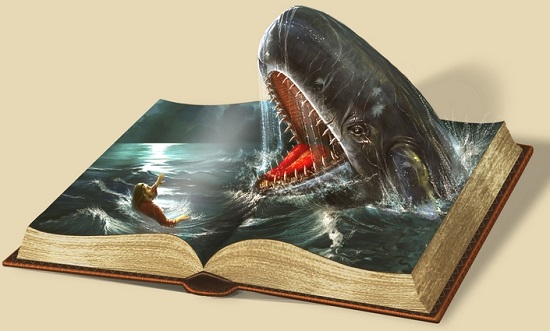In scripture we have a very clear picture of Jesus, the Son of God as we saw in part 1. Since he is the only means of salvation (Acts 4.12) that is to be expected. We also have a very clear picture of God the Father. The sacrificing love of God the Father is also clear in scripture, from the love that covered the sin of Adam and Eve and promised a savior (Gen 3.21, 3.15), to his gift of salvation offered to the world (John 3.16) as we saw in the previous article. And now we come to the third person of the holy Trinity: God the Holy Spirit. Though he is as active in all aspects of salvation and all that God does, as are the first and second person, for reasons that will soon become apparent, he is not seen in revelations as often as the first and second person of the Trinity. Why is that? We’ll answer that in the course of answering our main question:
Who is God the Holy Spirit?
In scripture, we often see the father revealed in a couple of common ways: as the “Ancient of Days” (Dan 7.9), and perhaps even more often only as the glory of God, the dwelling presence of God known in Jewish circles as the Shekinah glory of God. (Ex 29.43, 33.22; Rev 15.8, 21.23). Continue Reading











